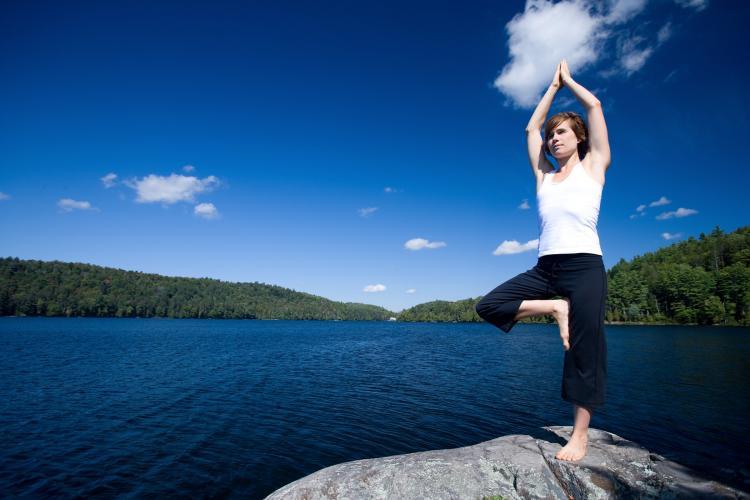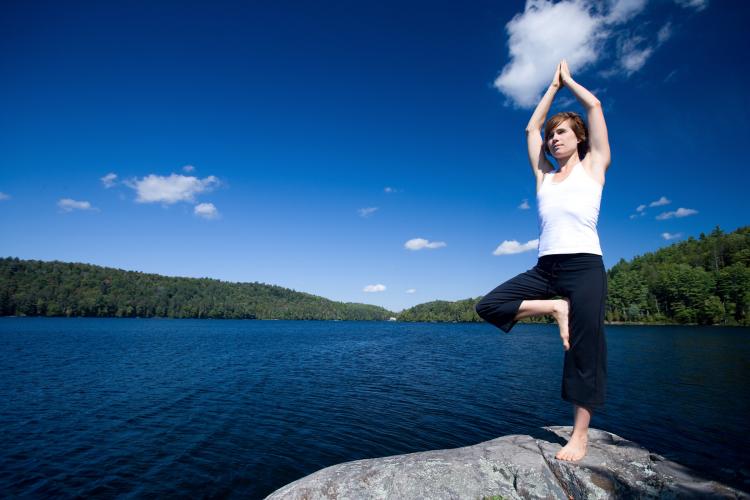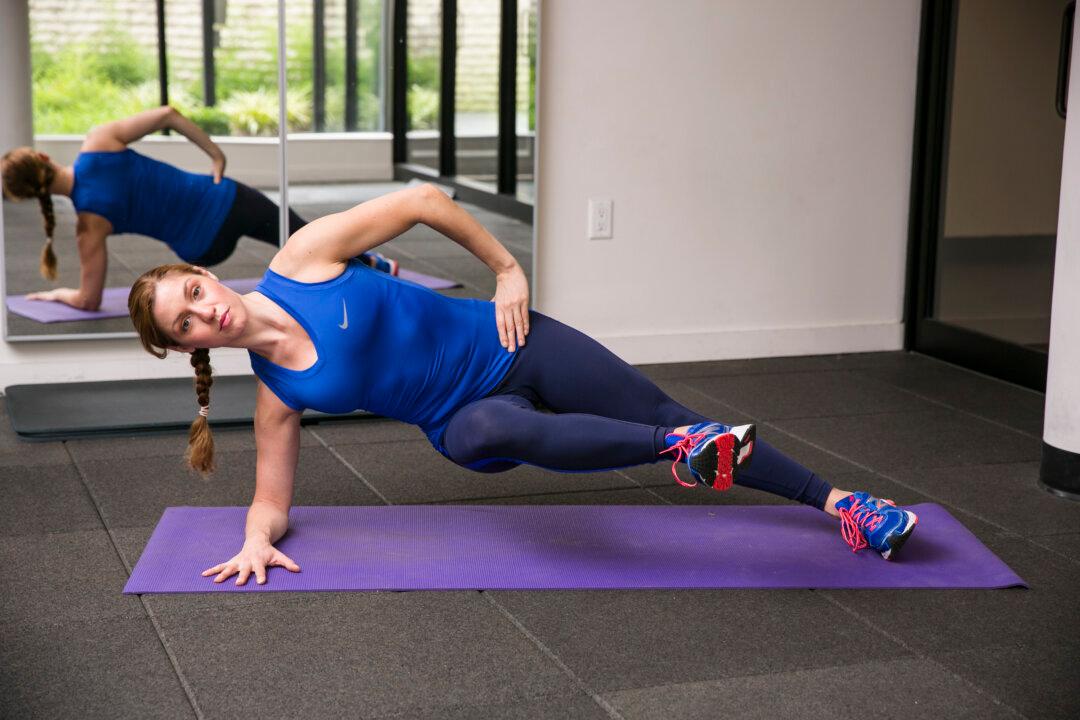Barefoot training has become a new trend in the fitness world, despite the fact that we have been training barefoot for thousands of years.
Since the advent of modern athletic training, most have never trained barefoot. In fact, many gyms do not allow barefoot training.
One of the amazing things about the body is that it is built to work as a whole unit. In order to understand this unit, it is important to examine its parts and understand how each works.
For many years, people took training the separate parts of the body to an extreme, eventually causing chronic pain or injury. Today, most people and trainers understand that it is just as important to integrate those isolated movements into total body movements to ensure one’s ability to move well.
Recently, athletes and fitness trainers have been emphasizing the importance of strengthening and maintaining strong feet. Shoes are now being made to help those who understand this importance. Some shoes are created to maintain a feeling of being barefoot while keeping the foot protected from dirt and sharp objects.
By working barefoot or in these special shoes, you will strengthen the foot and ankle muscles, allowing them to complete the connective chain that runs through the body by integrating foot action in the movements. You will immediately begin to feel if your ankles are rolling in or out. If you are aware of it, you will be able to correct the imbalance while moving.
Some good balance exercises have you stand on one foot and balance. While balancing, stay aware of the foot placement and continually try to correct it. The weight should be balanced between all four corners of the foot, and the core muscles should work to lengthen and lift the weight of the body upward.
Although it may feel that you really have to work your ankle to maintain your balance and proper foot placement, the key comes from working your glutes and inner thighs, which help stabilize the thighbone.
If you do not stabilize your thighbone well, then the knee, the ankle, and the foot will become unstable.
Being barefoot increases your awareness of the body and allows you to work on the subtleties of balance. Without awareness, it is much more difficult to improve your movement patterns and to understand the body well.
Everyday, take some time to walk around without your shoes. Notice how your foot strikes the ground. Does it roll in or out as you put weight on it? Do you tend to walk more on the balls of your feet while avoiding heel strikes? Be sensitive to the different surfaces that you step on. Do they affect your gait?
Also take time each day to balance on one foot. Work up to balancing on one foot for two minutes. A tree pose is a nice balance exercise to begin with (Theepochtimes.com/n2/content/view/35527/) .
If you find that standing on one foot is too challenging right now, then work on standing with feet and ankles together (Theepochtimes.com/n2/content/view/35907/ ).
The closer your feet are to each other, the more unstable you’ll be. Once standing with two feet together feels doable, increase the challenge by balancing on one foot while keeping the ball of the other foot on the floor to assist in stabilizing you.
Another seemingly simple yet quite challenging way to test and strengthen your balance is by walking without momentum. Try walking in a straight line very, very slowly. Enjoy the new challenges!
Reference: Theepochtimes.com/n2/content/view/37663/






